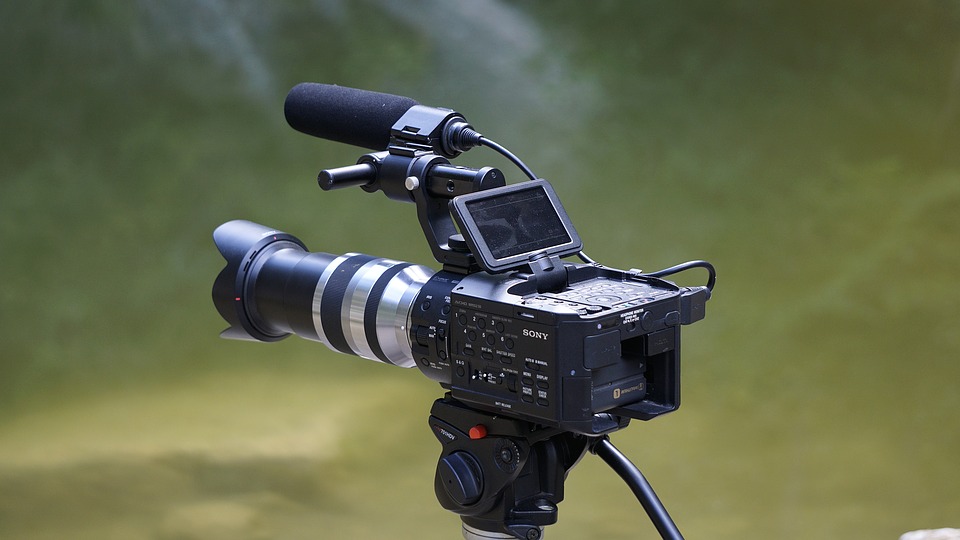AMNESTY INTERNATIONAL’S DIGITAL VERIFICATION CORPS IS TRAINING THE NEXT GENERATION OF HUMAN RIGHTS RESEARCHERS.
It’s easy to get excited about the potential of a new tool or a new product – but often, the magic really happens because of a well-designed process or engagement strategy. In this post, we talk to Amnesty International’s Sam Dubberley, who manages the Digital Verification Corps (DVC), about how the DVC has created processes that let a diverse range of people contribute to strengthening human rights research.
As more and more digital data becomes available, human rights researchers have many more options to choose from and more possibilities to integrate data into their day to day work. But, in the face of limited resources, the myriad of new possibilities can make the task of integrating this into human rights research challenging. To explore the opportunities that this presents, Amnesty International has been working on a range of initiatives, including Amnesty Decoders, a microtasking platform that lets volunteers contribute to human rights investigations online, and DatNav, a guide to navigating and integrating digital data in human rights research.
Along the journey, Amnesty realised that many human rights investigations could be strengthened by data from social media platforms. However, because Amnesty remains committed to the highest level of credibility in its reporting, this data can only be used if it is verified in a rigorous, credible way.
The process of verifying the ever-growing streams of content was proving so time-consuming that it was creating resource issues, with researchers feeling overwhelmed by the sheer quantity of social media content they had to work with. What if Amnesty could train a future generation of highly-qualified video verifiers that could support them?
TOWARDS A GLOBAL NETWORK OF DIGITAL VOLUNTEERS
Amnesty International responded by launching the Digital Verification Corps. The DVC is a network of volunteers from four universities worldwide that are trained in open source investigation methods that will help them verify data from social media platforms. Today, the initiative includes 70 participating students from Human Rights Centres at the University of California, Berkeley (US), the University of Essex (UK), the University of Pretoria (South Africa), and the University of Toronto (Canada).
The students, who have a background in human rights law, volunteer to join the program. While they are motivated to dedicate themselves to this field, they refuse to restrict themselves to traditional methodologies. Amnesty teaches the students to apply new, digital methodologies when working with human rights documentation and evidence. The technical training they receive allows them to verify the authenticity, location, and time of videos and photographs from social media – skills that have proven to be valuable for research in future. The outcome of their efforts then helps the Amnesty research team monitor and report on human rights violations.
THE HIDDEN CHALLENGES OF VERIFYING CONTENT
Sam Dubberley, the DVC’s manager, told us that because volunteers working on the verification of social media content are often exposed to violent imagery, there is a risk of them experiencing vicarious trauma. Vicarious trauma can happen after exposure to distressing images and videos that can cause similar emotional responses as when someone witnesses trauma firsthand in the field.
Amnesty decided to prioritise volunteers’ mental health, giving all volunteers regular mental resilience training and supervising them for signs of vicarious trauma throughout the programme.
The DVC found that its strength lies in the diversity of its network: the fact that volunteers are based around the world means that they can verify content in a range of languages, and are often more able to understand local cultural context when verifying information.
The Digital Verification Corps has yet to turn one year old, but Amnesty is already turning the energy and skills of DVC members into tangible impact. Most recently, the network contributed to Amnesty’s May 2017 report on a shooting at an Australian refugee centre at Papua New Guinea. Amnesty decided to conduct an investigation after seeing how media reports on a shooting conflicted with the official statement of the police commissioner, who denied that the shooting had taken place. The DVC’s volunteers contributed to the research by verifying the authenticity of videographic evidence from the shooting, and proving that it had in fact happened.
After the publication of the report, and in the face of the verified evidence, the police commissioner changed his official position and recognised the event, proving the power that open source investigation holds to challenge official narratives.
As the project matures, the DVC wants to play a bigger role in the human rights community. It has already collaborated with the Syrian Archive to verify video footage, and is keen to involve and help other human rights defenders who want to include data from social media platforms in their investigations. If you’re interested to know what the Digital Verification Corps will be working on next, keep an eye on Amnesty’s Citizen Evidence Lab blog.

